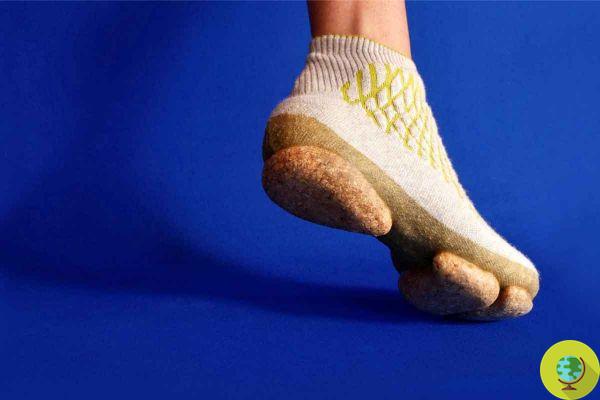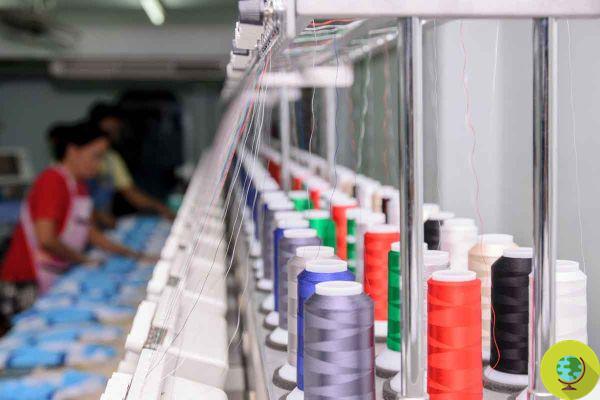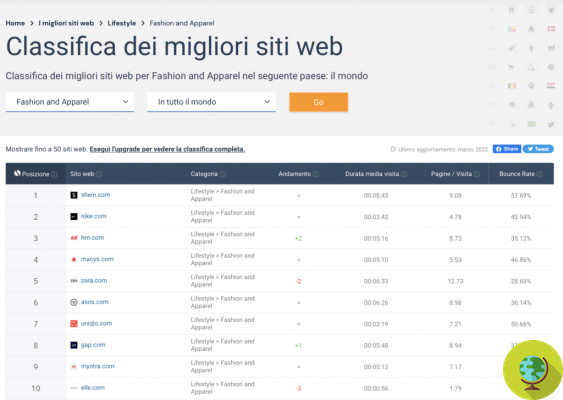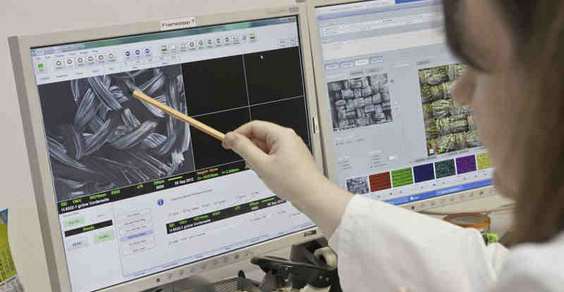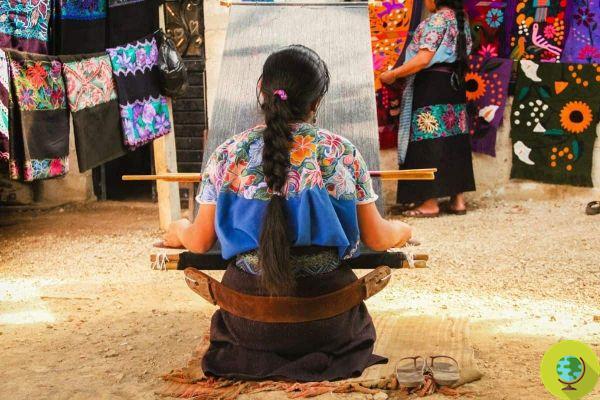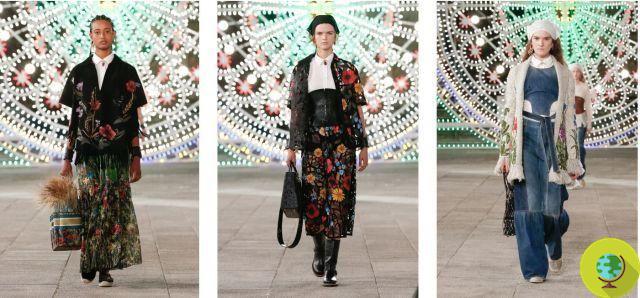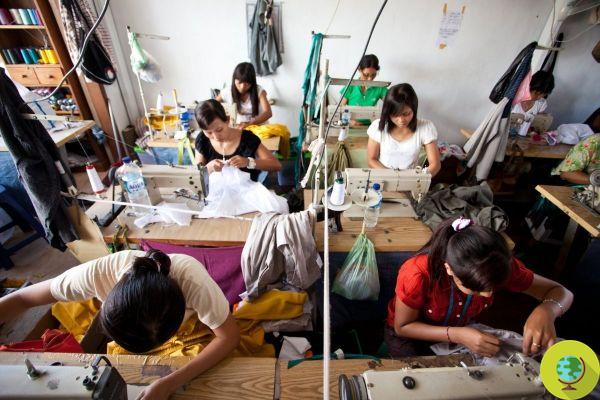
The H&M case is the latest in a long series that does not reach the news: verbal abuse, sexual violence, unjustified dismissals, this is what all those women go through who assemble the hit-and-run garments of instant collections
A new report conducted by the Business & Human Rights Resource Center with Asia Floor Wage Alliance and Society for Labor & Development places emphasis on working conditions, verbal and sexual abuse of women used in textiles, in particular in the Delhi NCR area, Karnataka and Tamil Nadu in India.
This is where the factories producing the garments with the brands of American Eagle, ASDA, C&A, Carrefour, H&M, JD Sports, Kohl's, Levi Strauss & Co., Marks & Spencer, Primark, Tesco and VF Corporation which includes Vans among its brands. The country is the second in the world for production and export of clothing with about 12,9 million people employed in the various phases of this fast-fashion chain.
Index
The extensive investigation
The testimonies of 90 workers located in 31 different factories were collected, which have drawn a chilling picture: abuses at work and a situation that has worsened in this sense with the Covid-19 pandemic.
We are talking about women who lived, even before 2020, a condition of economic non-independence, often also exploited in the family by violent husbands and that in the last two years, they have seen their situation worsen.
On the one hand they could not leave the marital home to take refuge with their parents, on the other hand, when they went to work, the escalation of violence increased hand in hand with the massive expansion of e-commerce, especially in the sector and clothing and of fast fashion.
The working conditions
Many of the interviews told of endless days even of 17 hours spent sewing or standing to produce about 1300 units a day, crammed into unhealthy structures where no hygiene or distancing rules were respected, without paid overtime and short breaks.
All have seen and experienced incidents of violence by male supervisors and managers who forced them to work non-stop to achieve production targets set by brands and respond to growing demand. We are talking about verbal and physical abuse, unjustified dismissals also for pregnancies, injuries of various kinds.
The working days
The voices of the victims tell of sick days like those of Meena employed in one of the factories supplied by Carrefour and C&A:
When [we went back to work] our goals were very high: 1.200-1.300 units a day… Threats of layoffs were frequent and workers who made even small mistakes were aggressively threatened. Verbal and physical harassment, including hitting and throwing bundles of clothing at female workers, were more common during this period ”.
But there are also the stories of Pia working in a factory that also supplies H&M:
There is no difference between work and home. In both places I work and I get abused. At the factory by the manager, at home by husbands and in-laws. (…) The manager assigned us higher and higher production targets, we couldn't complete them in eight hours and so he yelled at us. They made us take extra hours that weren't marked and unpaid. So I got home late for these unrecorded hours. My husband was yelling at me, wondering why I was late and who I was with… I couldn't tell him about the harassment at the factory by the managers, he would ask me to quit my job and I would have no income.
An out of control business model
But what favors such a system? There are many components that make up an unhealthy production chain. The absence of a government regulation is the basis of an unscrupulous "freedom" of action to obtain a growing profit from the various brands.
The same ones who generally maintain unstable relationships with suppliers: in this way they can leverage an ever lower price in production which, in parallel, has grown exponentially in numbers. To pay the consequences are those who take care of cutting, sewing, making and packing clothes, therefore the women who in the vast majority of cases are used in this sector.
Sexual violence: the H&M case and the first sector agreements
Unfortunately, the issue of sexual violence in these contexts is not new. An international case involved the Swedish giant H&M. In January 2021, 20-year-old Jeyasre Kathiravel was found dead on farmland near her home after a shift in a clothing factory in the Kaithian Kottai area of Tamil Nadu, which supplies H&M.
After the investigations conducted, his direct supervisor confessed to the rape and murder of the young woman who, in the previous months, had already suffered sexual harassment and intimidation, but was unable to react to a gangrenous system. Several workers were heard who all told the exact same stories of abuse.
H&M has signed a legally binding agreement for end the violence and harassment against the female workers of one of its largest Indian suppliers: employees, supervisors and managers will have to undergo training on gender-based violence; moreover, worker-controllers will be recruited and trained to ensure that no more events of this type are repeated at any level.
This is only the second agreement of its kind in the fashion sector and, at the same time, it is the first time that a major brand has signed an initiative of this type in Asia. The other is from 2019: the brands Levi Strauss, Wrangler Jeans and The Children's Place signed an industrial agreement on Lesotho, after an investigation had revealed the systematic sexual assault of more than 120 women in three jeans factories in the country.
These two episodes, which are the tip of the iceberg, demonstrate two more things. In spite of the various ethical codes inserted in the internet pages of many brands, the truth seems to be quite another. Finally, it seems increasingly difficult to believe that it is impossible to know, by the headquarters of the big brands, what happens in those unhealthy factories.
How long do we have to wait for an industry agreement in favor of those who make up most of the clothes we carry?
Follow your Telegram | Instagram | Facebook | TikTok | Youtube
Fonti: Business & Human Rights Resource Centre
Read also:
- After Primark, Shein also launches the collection from plastic bottles: the greenwashing of ultra fast-fashion is served
- This is the dark side of your clothes, which nobody wants to tell you: chemicals, exploitation of workers and dumps of burnt fabrics
- Mexico against the fashion multinationals who steal the ancestral designs of indigenous peoples





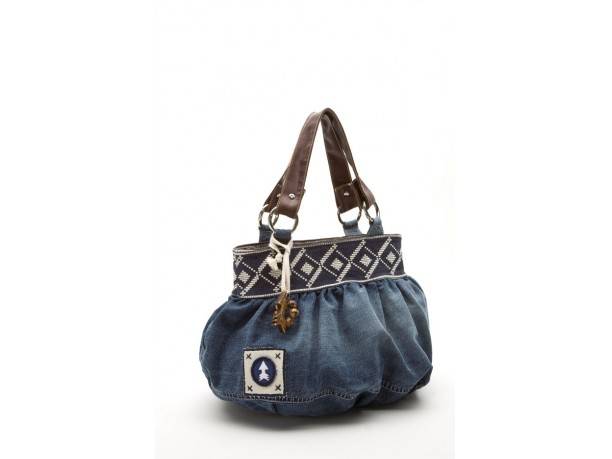

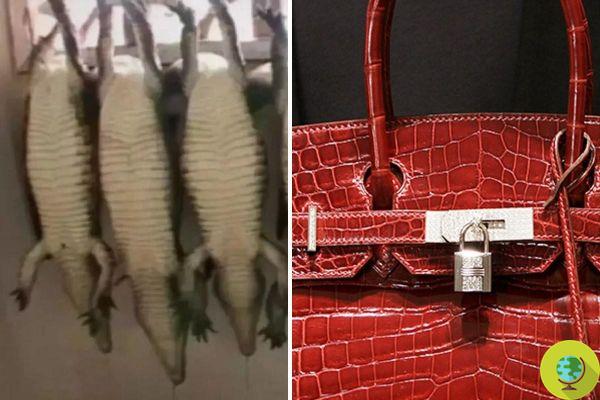
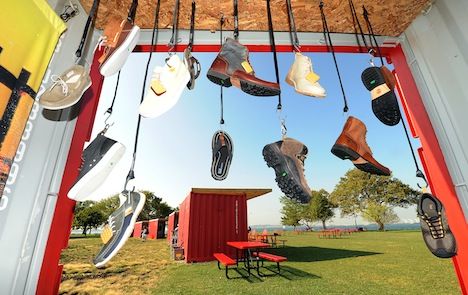

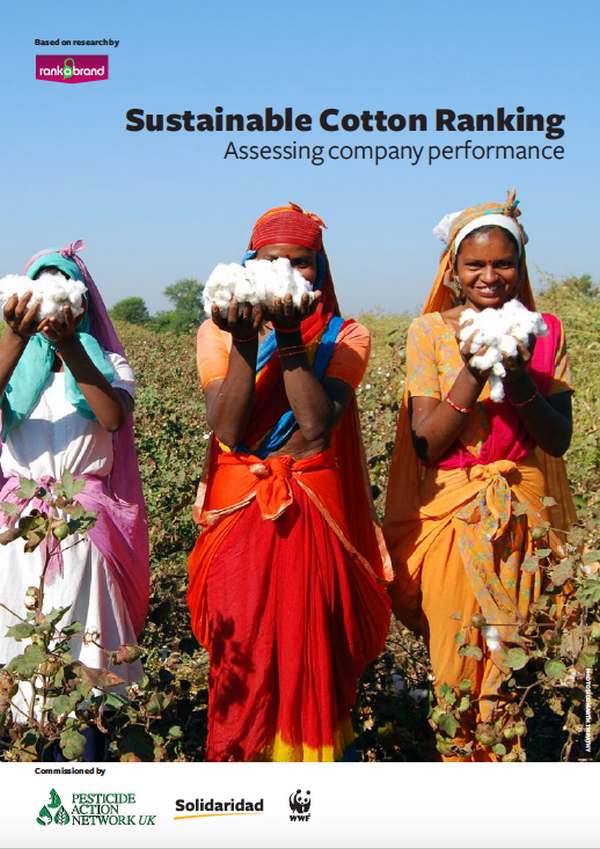
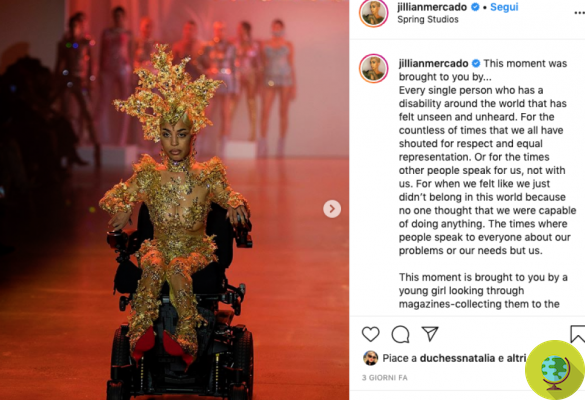
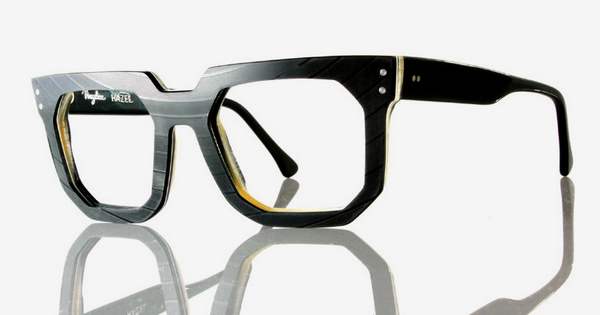
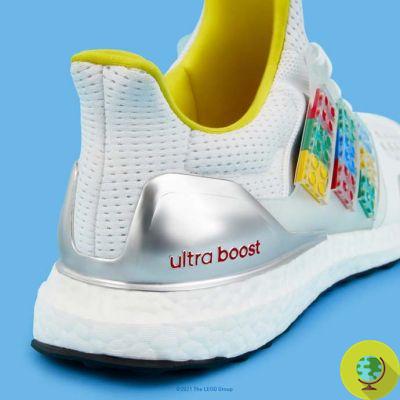

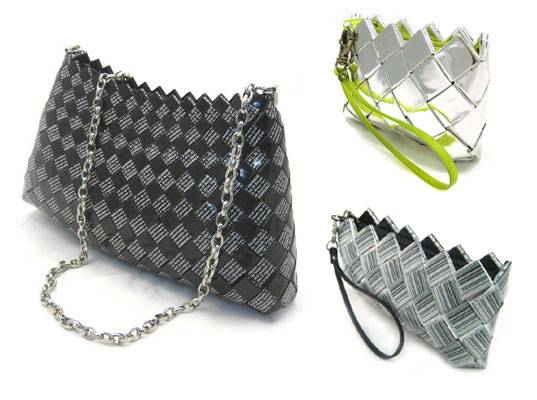
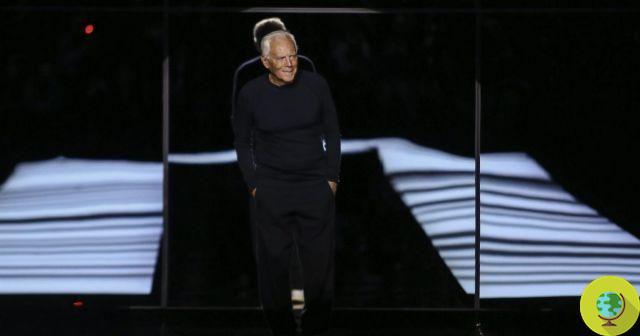

![Vivienne Westwood has a message for all the powerful ahead of COP26 [VIDEO]](/images/posts/221fa8f5dd2d21a4210e6b9071546b56-0.jpg)
